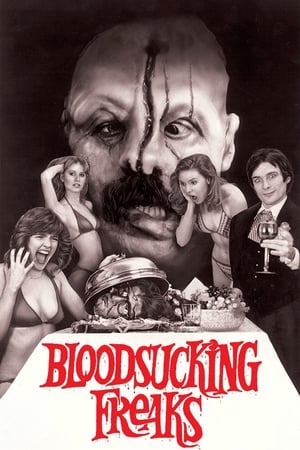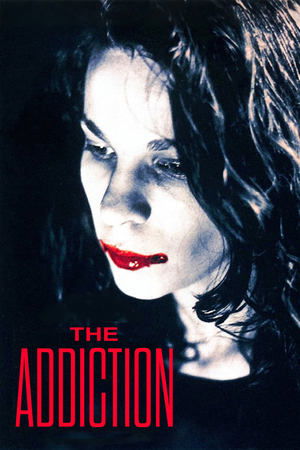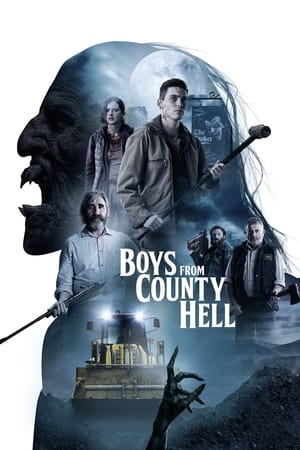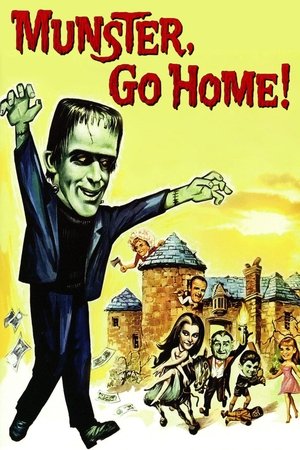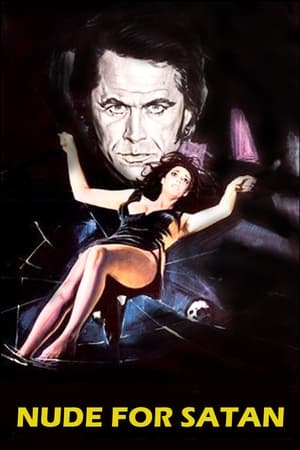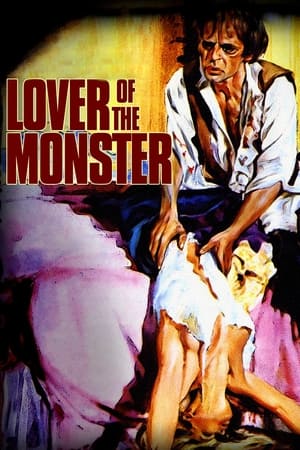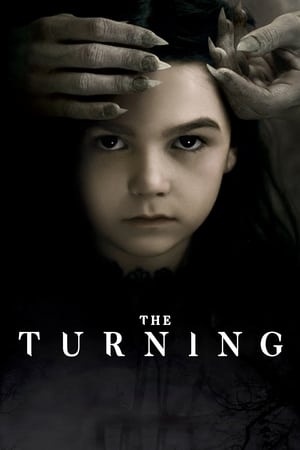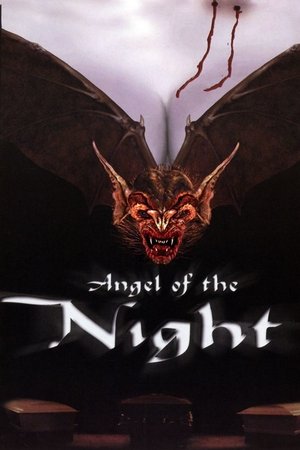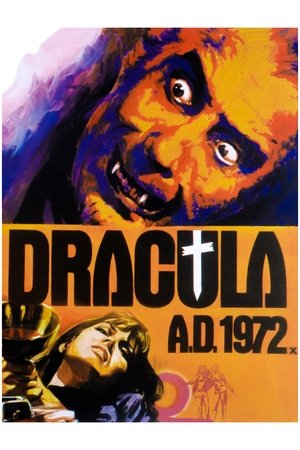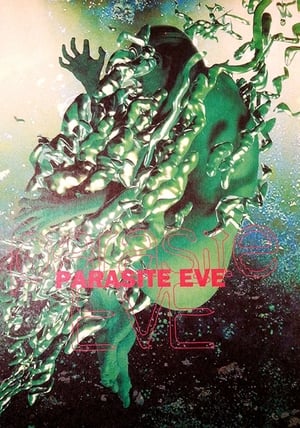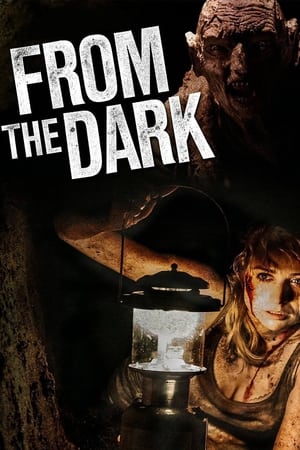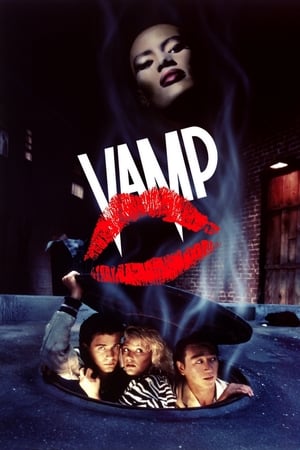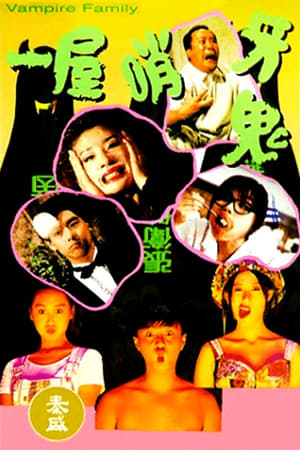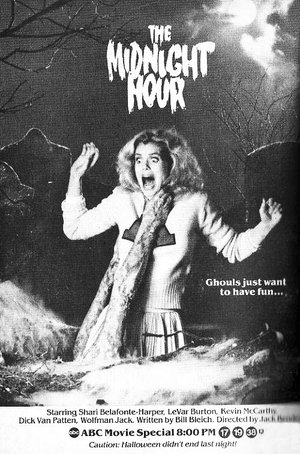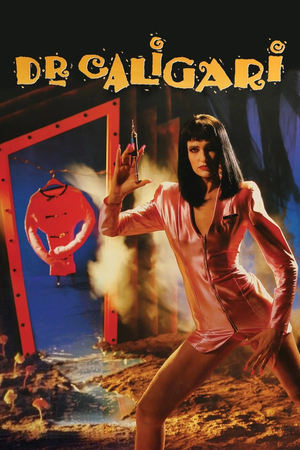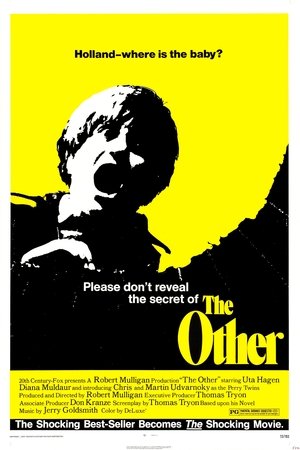Overview
After Jonathan Harker attacks Dracula at his castle, the vampire travels to a nearby city, where he preys on the family of Harker's fiancée. The only one who may be able to protect them is Dr. van Helsing, Harker's friend and fellow-student of vampires, who is determined to destroy Dracula, whatever the cost.
Reviews
Sleep well, Mr. Harker.
The Curse of Frankenstein was coining it in at the box office, so Hammer Films were quick to negotiate a deal to reinvent Dracula on the big screen. Certain agreements were made as per distribution rights for Universal, who owned the rights via a deal that was struck decades earlier with the Bram Stoker estate. Once all the dots were dotted and the t's were crossed, Dracula hit the screens in a whirl of sensual Technicolor bliss, where the trajectory of horror film history was shunted upwards to the point that the legacy still lives on today.
Directed by Terence Fisher and adapted to screenplay by Jimmy Sangster, Dracula (AKA: Horror of Dracula) is a compact piece of horror. The Hammer team condense Stoker's novel down to an 80 minute film, quickly placing Jonathan Harker (John Van Eyssen) at Castle Dracula and establishing the vampire legend courtesy of the slick and sexy Count Dracula himself (Christopher Lee). There's no changing into bats or scaling of walls here, in fact Dracula's dialogue is very minimalist, instead he permeates the film with sexual menace, horrific suggestion and an obvious disregard for humanity, with Lee in the role simply terrific.
Then it's time for Doctor Van Helsing to bring his cunning whiles to the party, which is the signal for Peter Cushing to enter the fray, who adds class and elegance to a classic role. James Bernard provides a dual score of erotic swirls and thunderous scares, while the cast play out the story in front of some impressively constructed Gothic sets, courtesy of Bernard Robinson, who like the rest of the team were working with a budget under six figures! Some nifty effects work cement the pic's status, other little touches - such as Dracula having no audible footsteps - also ensure that Hammer's Dracula remains a key vampire movie of note.
A number of interesting tid-bids sit in the film's back history. How it fell into the public domain, complaints about blood transfusion advertisements in theatre foyers during its first run! Censorship and the "X" Certification afforded it in the UK, and that some of the first wave of critic reviews were positively barbed and indignant. In truth Hammer would produce far better horror films post Dracula's release, in fact this is not even the best of the Hammer Dracula movies. Yet in the pantheon of Hammer film, and horror film in general, it's a 10/10 movie. Terence Fisher deserves the final word, he would say that the shoot and production for Dracula just clicked, it all worked and everyone was in sync. 8/10
Hammer’s first vampire flick with Christopher Lee as the Count.
RELEASED IN 1958 and directed by Terence Fisher, "Horror of Dracula" chronicles events when Jonathan Harker (John Van Eyssen) goes to Dracula’s castle under the pretense of a librarian. Later, the Prince of Darkness travels to Karlstadt, Germany, to prey on Harker's fiancée, Lucy (Carol Marsh), and her relatives, Arthur & Mina (Michael Gough & Melissa Stribling). Dr. Van Helsing (Peter Cushing), a student of vampirism and a friend of Harker’s, shows up to try to put an end to the Count’s reign of terror.
Hammer Studios did nine Dracula films from 1958 to 1974: Horror of Dracula (1958); The Brides of Dracula (1960); Dracula: Prince of Darkness (1966); Dracula Has Risen from the Grave (1968); Taste the Blood of Dracula (1969); Scars of Dracula (1970); Dracula AD 1972 (1972); The Satanic Rites of Dracula (1973); and The Legend of the 7 Golden Vampires (1974. Christopher played the Count in every one of these except "The Brides of Dracula" and "The Legend of the 7 Golden Vampires."
Hammer fans typically praise this first film in the series, Lee's first gig as Dracula, and it is a solid entry with the typical Hammer highlights: Lush Gothic ambiance, bright colors, Lee & Cushing and bodacious women. Lee's diabolical interpretation of the Count is another highpoint, not to mention one of the most stunning horror scores by James Bernard. Unfortunately, the abridged story loosely based on Stoker’s novel is somehow unsatisfactory and there are too many 50's limitations IMHO.
Here’s one curious abbreviation: In the book the story starts in Transylvania, switches to England with Dracula voyaging to London, but ends up back in Transylvania for the climax. Coppola’s 1992 film adhered to this European globetrotting, but Hammer decided to simplify the geography where travel time is condensed to something akin to a European theme park rather than reality. The tale starts outside of Klausenburg, the capital of Transylvania in Central Romania at the time, with Drac’s castle nearby, then switches to Karlstadt, in South-Central Germany, which is roughly 750 miles from Klausenburg in reality, yet a mere carriage drive away in this film, perhaps 20 miles.
THE MOVIE RUNS 1 hour 22 minutes and was shot entirely in Bray, Berkshire, England. WRITERS: Jimmy Sangster (screenplay) and Bram Stoker (novel).
GRADE: B-
Dracula, or Horror of Dracula, is a pretty by-the-numbers Dracula film.
This one, in particular, focuses on Dr. Van Helsing, giving the titular character very few scenes. Regardless, the acting is effective in most of the main characters, including Dracula himself.
This film doesn't stretch the lore of Dracula much, rather just producing a solid film within the already-crafted confines, which works well enough. While it's not groundbreaking, it's not bad, either, which is a very good thing.
Overall, it's a touch of a drag, but the solid score brings the viewer right back into the action, which is a nice touch on most of these older movies.
67/100
A word of advice ...if you find 2 sleeping vampires, and you plan on driving a stake through their hearts, do Dracula first. This was a fun piece of nostalgia that was new to me. Even at my age, I've never watched the Hammer Dracula films. Christopher Lee, projecting an extreme level of dark and dangerous passion, and Peter Cushing, a no-nonsense avenger bent on ridding the world of vampires, are both exceptional. Supporting characters were great, the sets are as authentically Gothic as you can get and an exciting climax, too. Looking forward to more. -- DrNostromo.com

 82 min
82 min
 7.3
7.3
 1958
1958
 United Kingdom
United Kingdom
 John Chard wrote:
John Chard wrote: